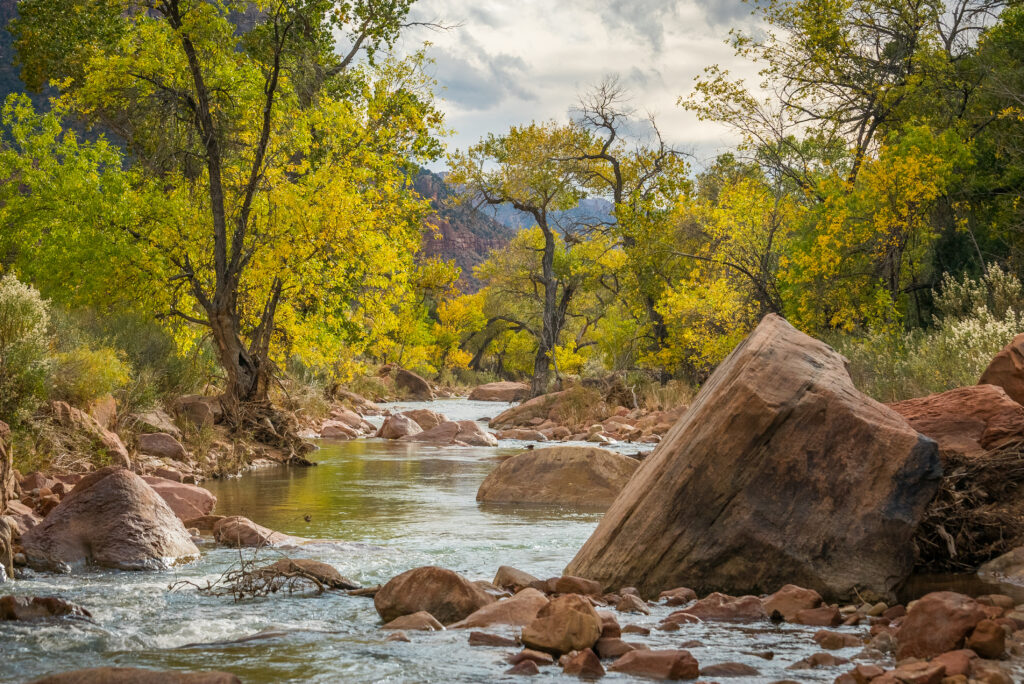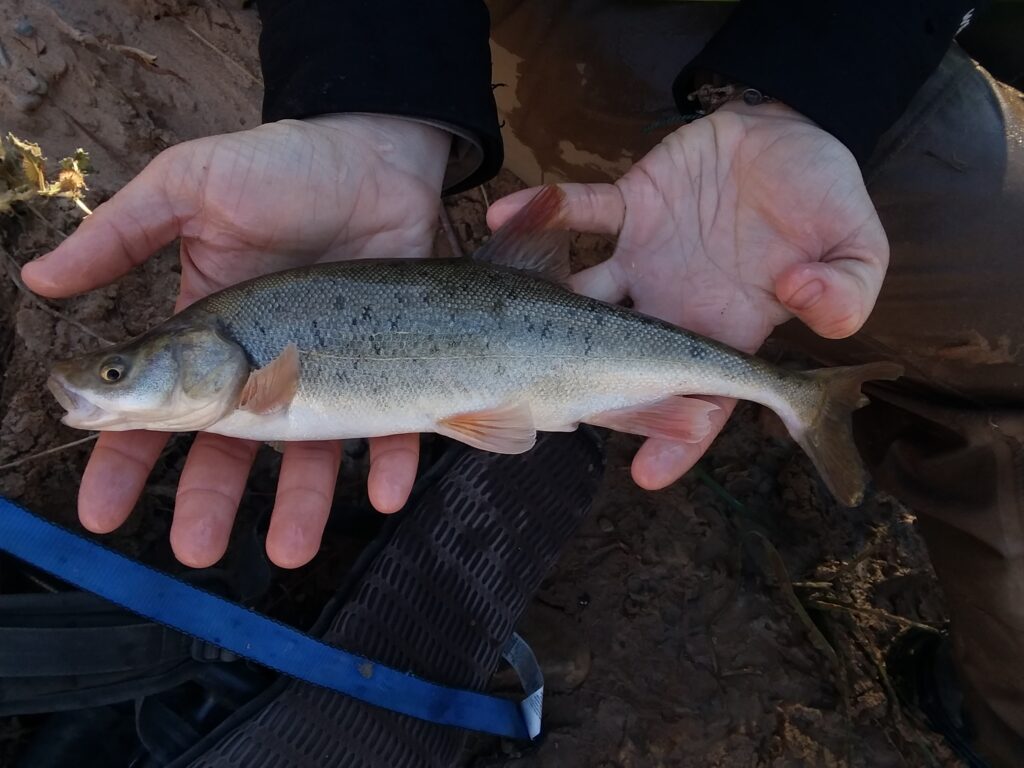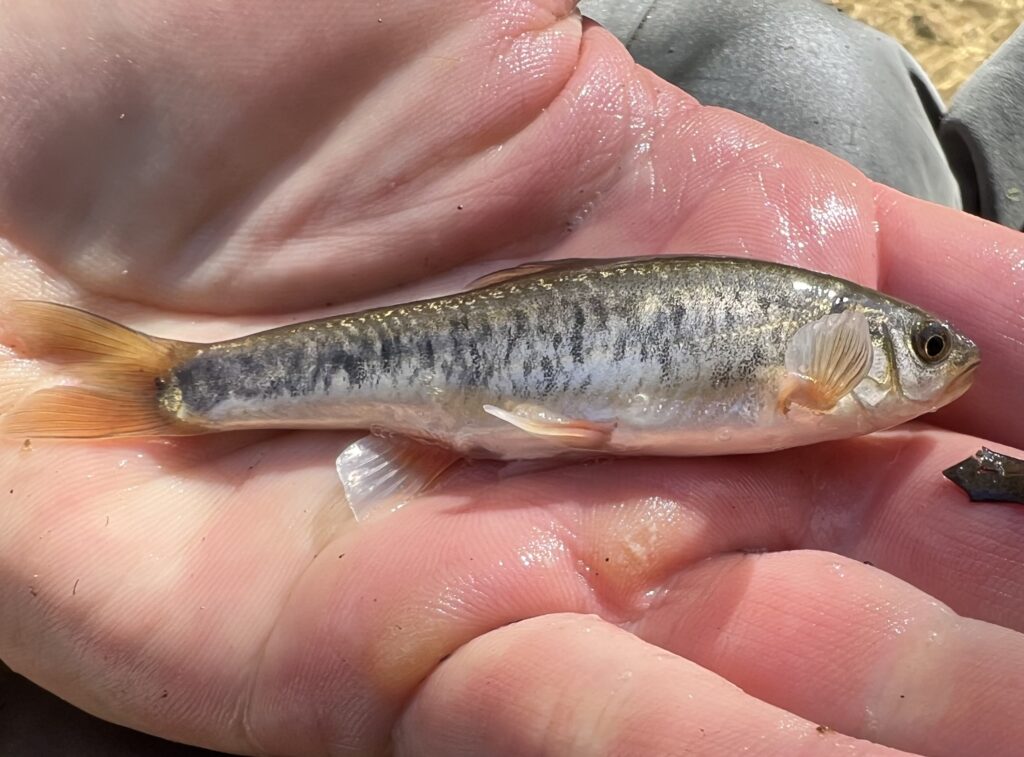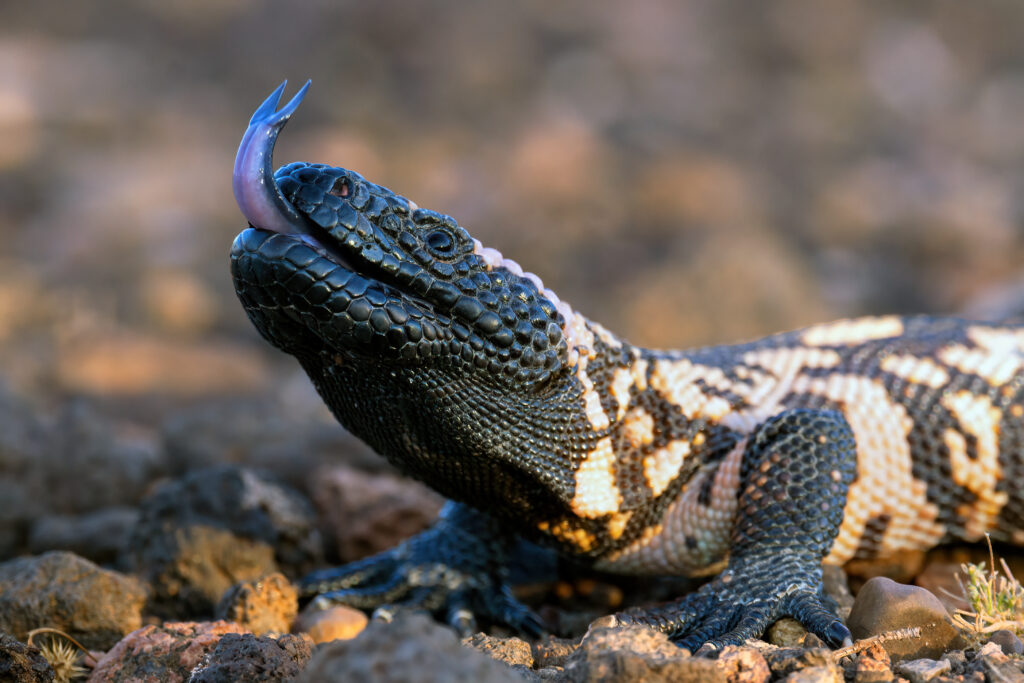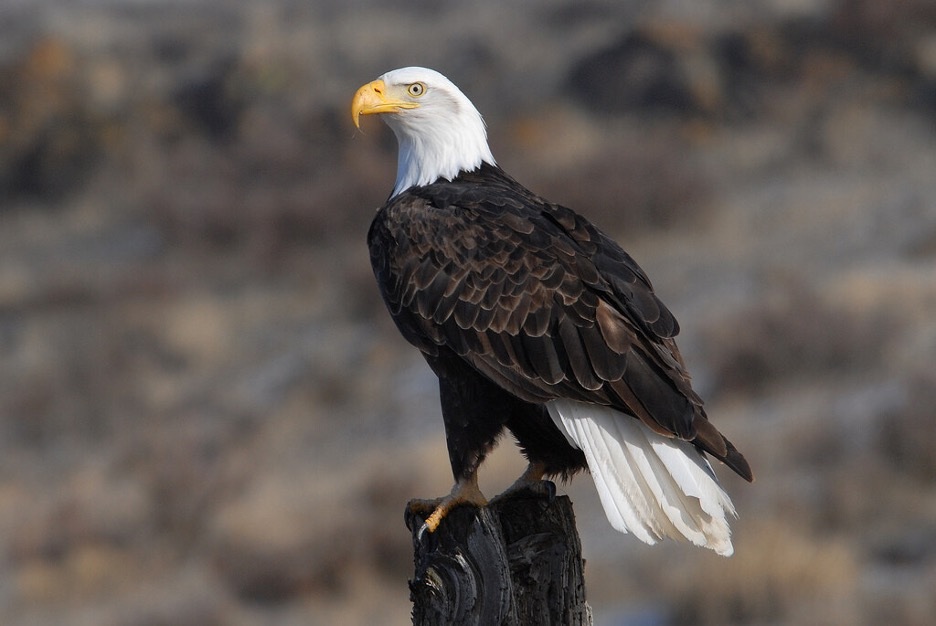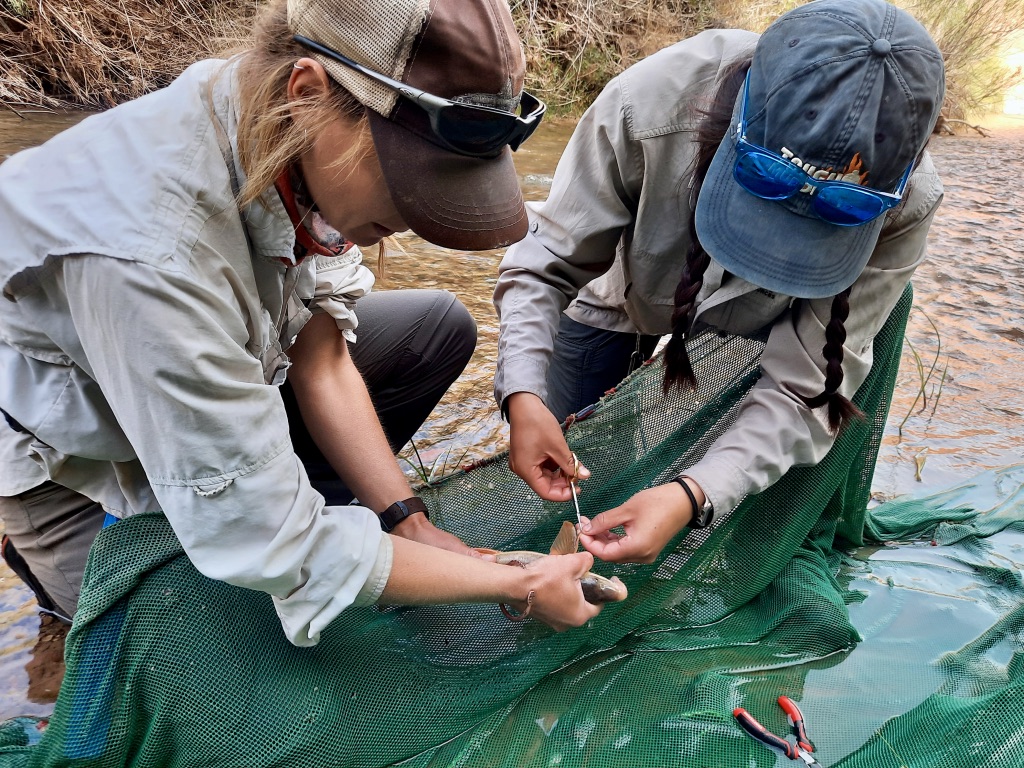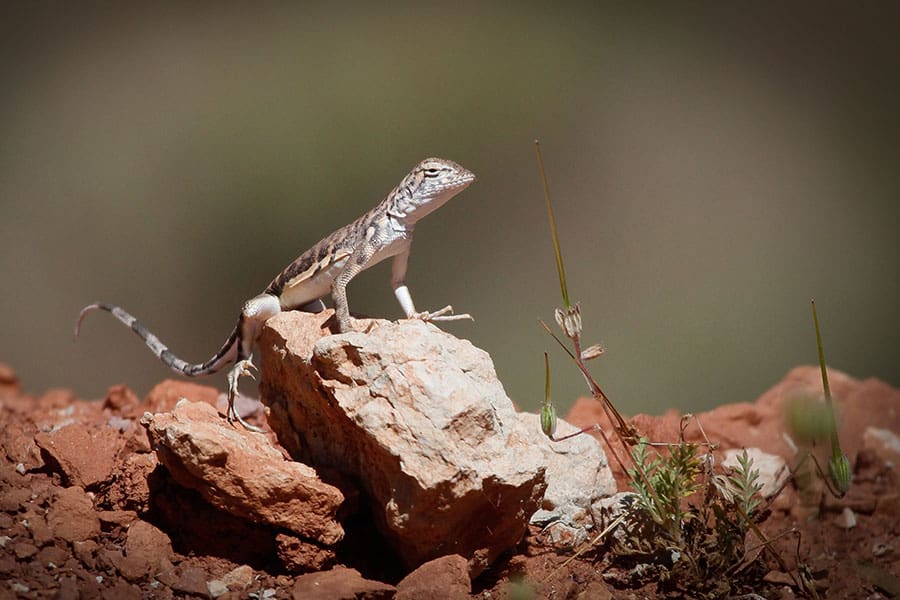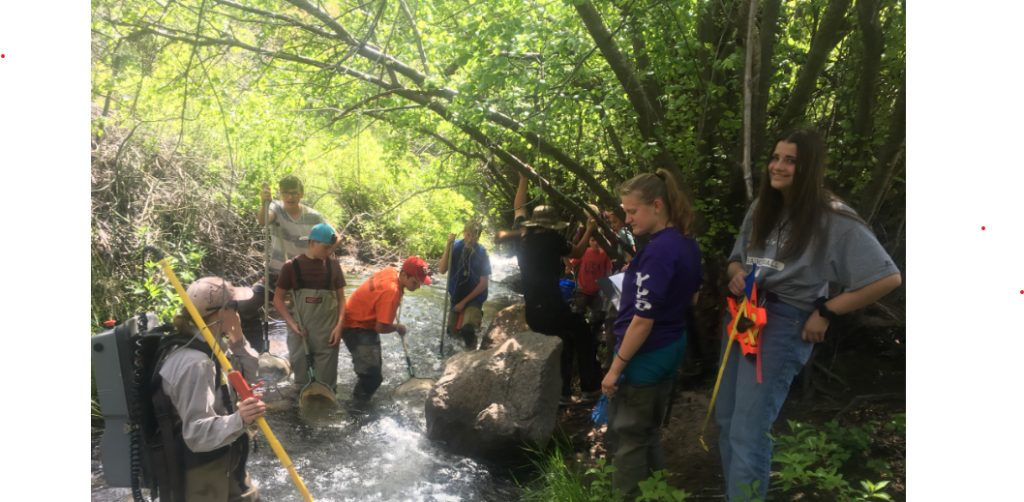Posts by Virgin River Program
Riparian Habitat Restoration: Maintaining a Jewel in the Desert
Riparian habitats have been in decline throughout the southwestern U.S. since about 1900, as water management practices (i.e., river damming, channelization, and water diversion) have reduced the frequency and intensity of flooding events and the potential for establishment and regeneration of most native woody riparian species. As native willows (Salix spp.) and cottonwoods (Populus spp.)…
Read MoreThe Remarkable Recovery of the Virgin River Chub
Desert Denizen Beautiful and elusive, the Virgin River Chub is the top native predator in the Virgin River. It is a fast, streamlined fish with a sloped forehead, humped back, and thin, rounded tail. Chub can grow to a length of 18 inches and live more than 10 years in the wild. Collaborative Conservation Unfortunately,…
Read MoreCharting New Waters: The Virgin Spinedace’s Path to Recovery
The Virgin Spinedace (Lepidomeda mollispinis) is a unique minnow species found exclusively in the Virgin River’s upper streams across Utah, Arizona, and Nevada. Despite not being closely related to trout, the Virgin Spinedace shares a similar streamlined shape and lifestyle. These silvery fish, typically 3-5 inches long, are most at home in the deeper pools…
Read MoreBeaver Tales: Southwest Utah’s Ecological Engineers
By Luke Matschek When you look at the seemingly harsh desert landscape and red rock wonderland of southwest Utah, the American beaver (Castor canadensis) might not be the first critter that comes to mind. However, beavers are long-time residents of the Virgin River Basin and can be found in bodies of water throughout the region.…
Read MoreGila Monsters: Beneath the Scales of Utah’s State Reptile
By Tyson Victor Fall is an excellent time to search for one of Utah’s most iconic creatures, the Gila monster. This large lizard spends most of the summer underground to escape the blistering heat, then emerges in the autumn seeking sustenance before winter brumation (akin to hibernation). Washington County, located within the Mojave Desert, is…
Read MoreDon’t Ditch a Fish!
One small action can turn into an ecosystem’s worst nightmare Have you ever had a pet fish? The underwater world has captivated people for generations, and aquatic pets have become increasingly popular. Owning a fish can be a low-maintenance, inexpensive addition to your family. However, incorrectly discarded pets can cause severe environmental damage. The Utah…
Read MoreThe Endangered Species Act: Celebrating 50 Years of Success in Wildlife Conservation
[Originally posted by the U.S. Department of the Interior] This year marks the 50th anniversary of the Endangered Species Act (ESA), providing the opportunity to reflect on the progress made and the work ahead for protecting our nation’s endangered species and their habitats. The Act has saved hundreds of species from extinction and continues to…
Read MoreHow old is that fish?
Comparing age and growth in fish can tell us a lot about the health of Utah fisheries [Originally posted by Utah Division of Wildlife Resources] By Chris PenneNorthern Region Aquatic Manager Have you ever wondered how long it took to grow that big fish you just caught? You’re not alone. Fishery biologists are very interested…
Read MoreAsk a herpetologist
Learn more about interacting with Utah’s native reptiles and amphibians in the wild! By Megen Kepas, UDWR Native Herpetology Coordinator [Originally posted by the Utah Division of Wildlife Resources] Spring in Utah brings with it the emergence of wildlife. In particular, reptiles and amphibians begin to come out of their winter shelters and disperse onto the…
Read MoreColor Country Natural Resource Camp
For nearly 30 years, the Color Country Natural Resource Camp (CCNRC) has introduced high school students to natural resource career fields and a variety of recreation activities. The Virgin River Program provides financial support to help make the camp possible. This camp is located in beautiful southwestern Utah with a fantastic staff of natural resource professionals…
Read More